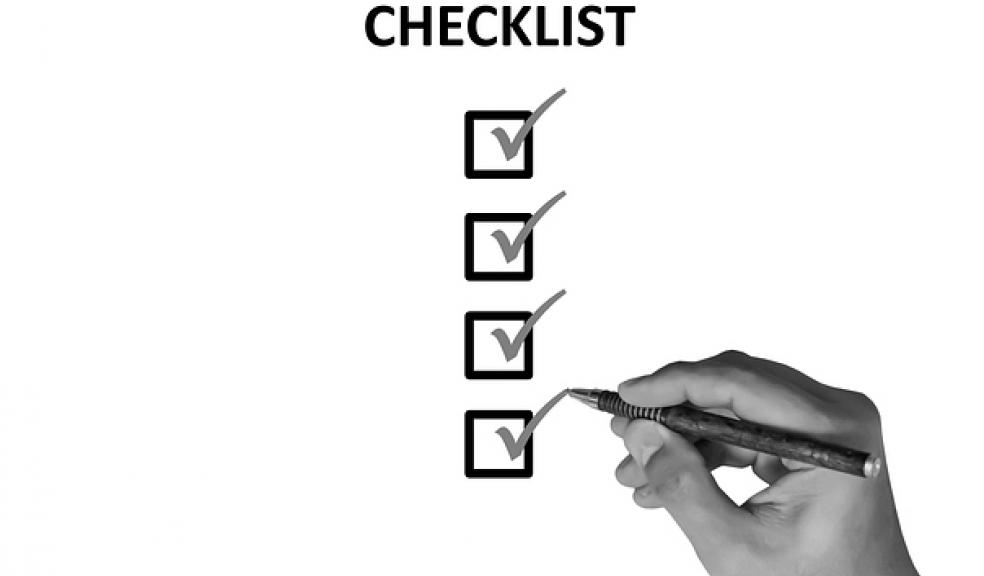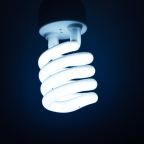
Home heating checklist to prepare for winter
What could be worse than having your sprinkler burst from frozen lines because you forget to purge the system before winter began?
This is just one problem. When fall hits, and if you don’t prepare for winter, you could be in messy situations later on. To avoid all the fuss, you should first perform a test run of your electrical central heating.
Turn the thermostat to heat mode and set the temperature to 80 degrees. The purpose is to test. Once you hear the furnace turn on, warm air will start blowing. This might take a few minutes.
Make sure the furnace is running properly. Then, turn the thermostat back to its normal setting. If the furnace isn’t functioning properly, then get it diagnosed by a professional.
What other things to check for winter preparation? Let’s know!
1. Call Annual Maintenance
You must call annual maintenance services to check the health of your oil boilers. Some seasonal maintenance tasks are in the skill range of homeowners. For others, you might need to call a professional to see if you need repairs or maybe even a boiler replacement.
2. Check the Pilot Light
The pilot light of your furnace must be lit. If the pilot light is not working, this is an indication that your system is likely to cripple. This light is the ignition. The light and fuel need to work together to make your heating system work.
3. Replace the Air Filter
Check if the air filter needs replacement. Start by cleaning it. If a replacement is required, you can do that on your own.
Keep in mind each furnace has its own air filter requirements. It is important to follow the recommendations of the manufacturer. Changing the filter will ensure a clean environment and free flow of air. Ideally, it’s recommended to replace the air filter each month.
4. Carbon Monoxide Inspections
Carbon monoxide is a silent killer. However, you can detect it through a battery-operated alarm. If there is a leak, call a professional to identify the cause of the leak. The leakage is usually coming from the exhaust of the furnace. Sometimes, the fuel-burning appliance is also to blame. A carbon monoxide leak can be lethal. Therefore, do not put this off.
5. Check the Exhaust Vents
Your furnace or boiler might either vent through a chimney or plastic pipes. Whatever the case, you have to make sure the exhaust vents are obstruction-free. The vents which haven’t been used throughout the summer often have a blockage. This could affect the ability of a furnace to burn efficiently and discharge the gases safely.
6. Watch Out For Subtle Signs
When you are cleaning the heating system, watch out for weird noises and unusual odor. If you suspect either, call a professional for an inspection. Follow your instincts. Even if everything seems fine, there is no harm in scheduling an inspection.
If you see smoke, it means your burner needs adjustment. If your heat exchanger has cracked, it could result in carbon monoxide leakage and you won’t even know about it.
After you have performed these inspections, do a trial run. Keep the heating system turned on for at least 10 minutes. If there’s anything wrong, this shall reveal everything.














